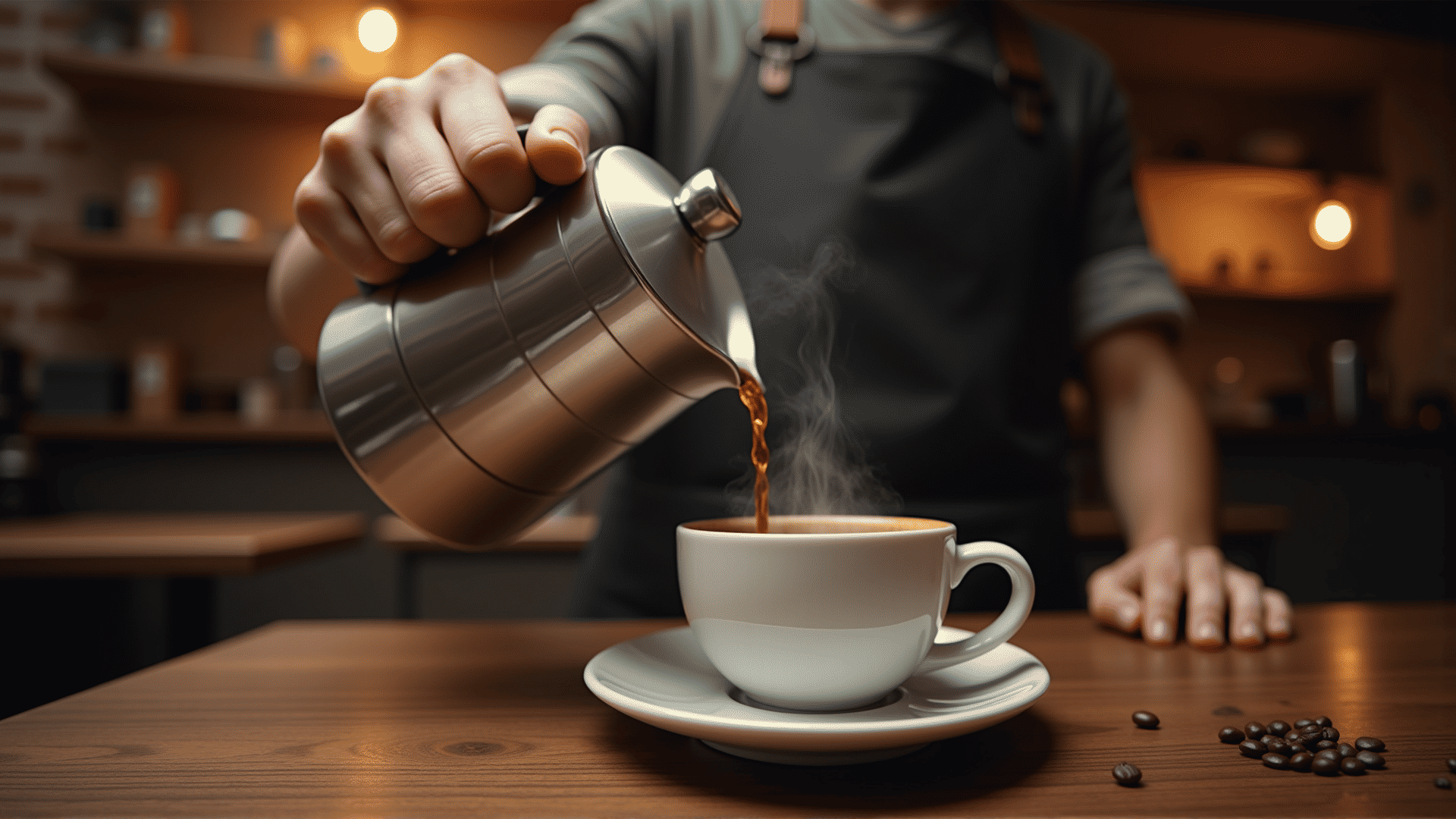Brewing the perfect cup of coffee is a blend of art and science, requiring passion, precision, and a little bit of alchemy. For many, coffee is more than just a morning ritual—it's a beloved culinary process that, when done correctly, can transform simple coffee beans into an extraordinary sensory experience.
The journey to the perfect brew begins with the selection of coffee beans. The type of bean—whether Arabica or Robusta—greatly impacts the flavor profile of your coffee. Arabica beans are known for their delicate flavors and nuanced aroma, making them a favorite among coffee connoisseurs, while Robusta beans offer a robust and bold taste, with a thicker crema. Opting for freshly roasted beans can make a notable difference, as they retain their essential oils and complex flavors.
Once you've selected the right beans, understanding grind size is crucial. The grind size directly influences the extraction process, affecting the taste and strength of the coffee. For instance, a finer grind is ideal for espresso machines, allowing water to pass through quickly while extracting intense flavors. In contrast, a coarser grind works best for French presses, where the extended brewing time and steeping process bring out the full-bodied flavors.
Water temperature is another crucial element in the coffee brewing process. Ideal brewing temperatures range from 195°F to 205°F (90°C to 96°C). Too hot, and you risk scalding the coffee, leading to bitterness; too cool, and you may under-extract the beans, resulting in a sour, weak brew. A good-quality thermometer can ensure your water is within the optimal range, allowing for balanced extraction of flavors.
Equally important is the coffee-to-water ratio. A general guideline is a ratio of 1:15 to 1:18 of coffee to water. However, this can be adjusted according to personal taste preference. Experimenting with different ratios can help you discover the ideal strength and intensity to suit your palate.
Brewing methods also have a significant impact on the flavor and characteristics of your coffee. Whether it's the precision of a pour-over, the richness of an espresso, the immersion technique of a French press, or the simplicity of a drip machine, each method offers distinct advantages and flavors. For instance, a pour-over technique allows for precise control over the brewing process, enhancing clarity and nuance in each cup, while a French press can produce a fuller, more robust flavor.
In addition to technique, environmental factors like humidity and altitude can subtly influence the flavor of your coffee. These elements affect the rate at which coffee beans absorb water and, consequently, the extraction process. Paying attention to these details can further refine your brewing skills and improve your coffee experience.
To elevate your cup of coffee to new heights, consider experimenting with additives. A hint of cinnamon, a touch of vanilla extract, or even a sprinkle of cocoa powder can enhance or complement the natural flavors of the beans.
Finally, remember that the art of brewing coffee is as much about personal expression as it is about following a precise formula. Experimentation is key to finding your perfect cup. Whether you're a purist who prefers coffee black or daringly creative, the beauty of coffee lies in its versatility and the endless possibilities it offers for customization.
In mastering the art of brewing coffee, you'll not only create an exceptional drink but also cultivate a deeper appreciation for the nuances and subtleties that make each cup unique. Embrace the process as a daily opportunity to engage your senses and indulge in one of life's simple, yet profound, pleasures.
